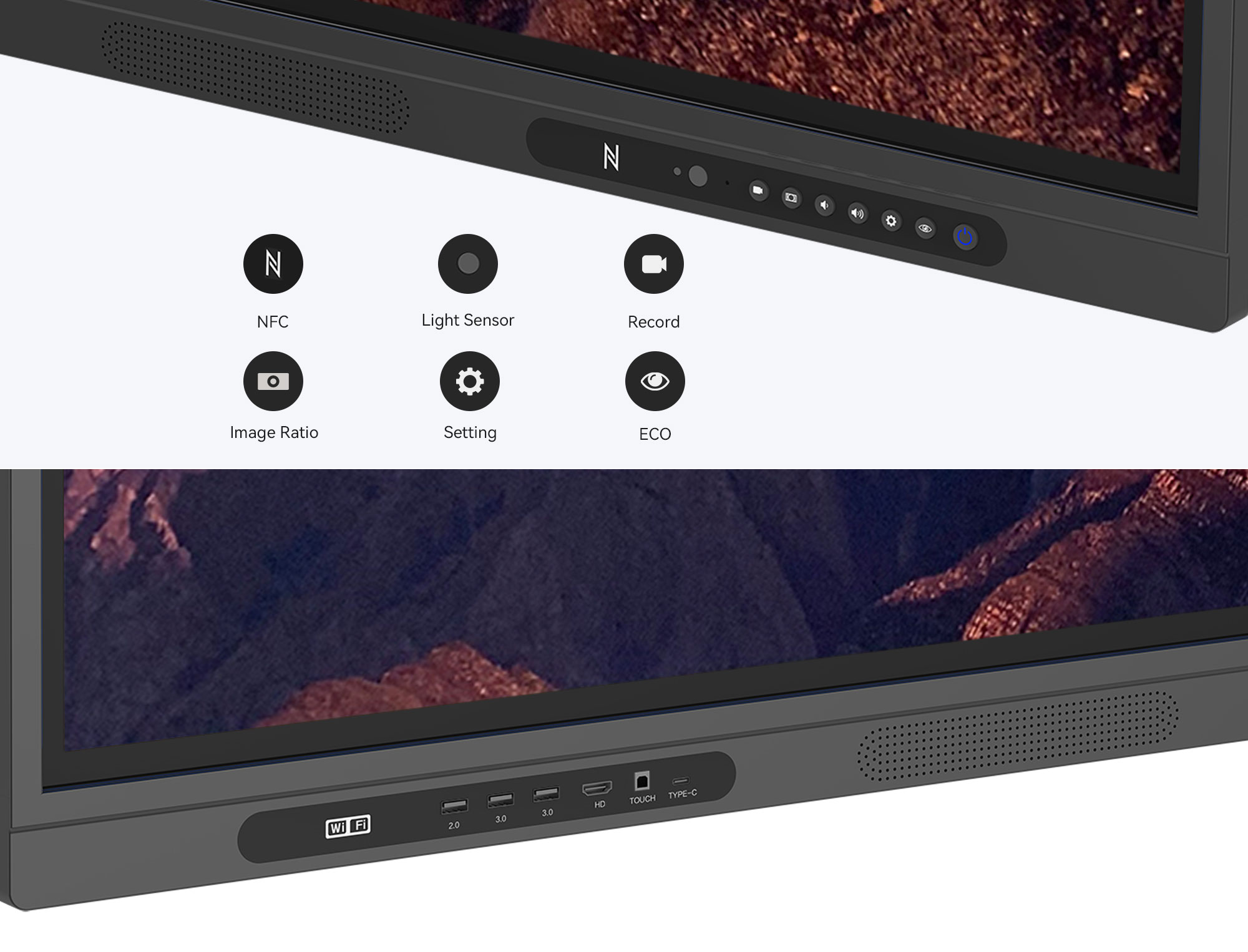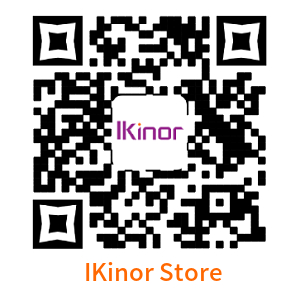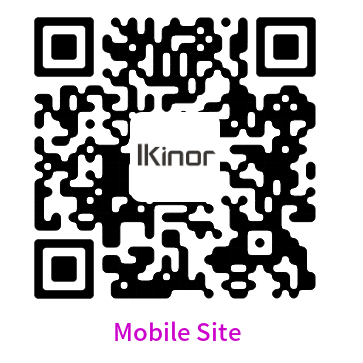Interactive boards have become an essential tool in modern-day classrooms, enabling teachers to create an immersive and engaging learning experience for their students. The Ikinor Interactive Board for Classroom is a cutting-edge technology that offers a range of features and benefits that make it an attractive option for businesses looking to invest in interactive classroom technology. In this article, we will explore the factors that contribute to the successful integration of the Ikinor Interactive Board for Classroom.
Introduction
An interactive board is a technological tool that enables teachers to present their lessons in a more engaging and interactive manner, leading to better student outcomes. The Ikinor Interactive Board for Classroom is a state-of-the-art technology that offers a high-resolution display, multi-touch input, integrated audio and video capabilities, wireless connectivity, and user-friendly software. Successful integration of this technology is crucial to achieving its full potential and enhancing student learning outcomes.
Key Features of Ikinor Interactive Board for Classroom
The Ikinor Interactive Board for Classroom’s key features include a high-resolution display, multi-touch input, integrated audio and video capabilities, wireless connectivity, and user-friendly software. Its high-resolution display ensures that all students can engage with the material, regardless of where they are seated. The multi-touch input feature allows for multiple students to interact with the board at once, encouraging collaboration and group work. Additionally, the board’s integrated audio and video capabilities enable teachers to incorporate multimedia components into their lessons, making them more engaging and memorable.
Factors that Contribute to Successful Integration
Training and Professional Development
One of the most significant factors in the successful integration of the Ikinor Interactive Board for Classroom is training and professional development. Teachers need to understand how to use the board effectively to achieve its full potential. Training should cover both technical aspects of the board and instructional strategies for using the board in the classroom.
Adequate Technical Support
Another critical factor in successful integration is adequate technical support. Teachers need access to technical support to resolve any issues that may arise while using the board. The support should be readily available and responsive to ensure minimal disruption to the learning process.
Involvement of Stakeholders
The involvement of stakeholders, including teachers, students, and administrators, is crucial for successful integration. These stakeholders must be involved in the decision-making process and should provide input on how the technology can be used effectively in the classroom.
Planning and Communication
Effective planning and communication are essential for successful integration. Schools should develop a plan for the integration of the technology, identifying goals and objectives, and outlining strategies for achieving them. Clear communication with all stakeholders is also necessary to ensure that everyone is on the same page.
Challenges and Solutions
Resistance to Change
One of the most common challenges in integrating new technology is resistance to change. To overcome this challenge, schools should provide professional development and training to help teachers feel comfortable using the technology. Additionally, involving stakeholders in the decision-making process can help generate enthusiasm and buy-in for the technology.
Technical Issues
Technical issues can arise when integrating new technology into the classroom. Adequate technical support can help minimize disruptions and ensure that problems are resolved quickly.
Limited Access to Resources
Limited access to resources, such as content and materials, can pose a challenge to the successful integration of the technology. Schools should identify and invest in quality resources that can enhance the learning experience for their students.
Lack of Funding
A lack of funding can be a barrier to the successful integration of new technology in the classroom. Schools can seek grants and other sources of funding to offset some of the costs associated with implementing the technology.
Conclusion
In conclusion, the Ikinor Interactive Board for Classroom offers a range of features and benefits that make it an attractive option for businesses looking to invest in interactive classroom technology. Successful integration of the technology requires careful planning, effective communication, and adequate support. By overcoming challenges such as resistance to change, technical issues, limited access to resources, and lack of funding, schools can achieve successful integration of this innovative technology.



